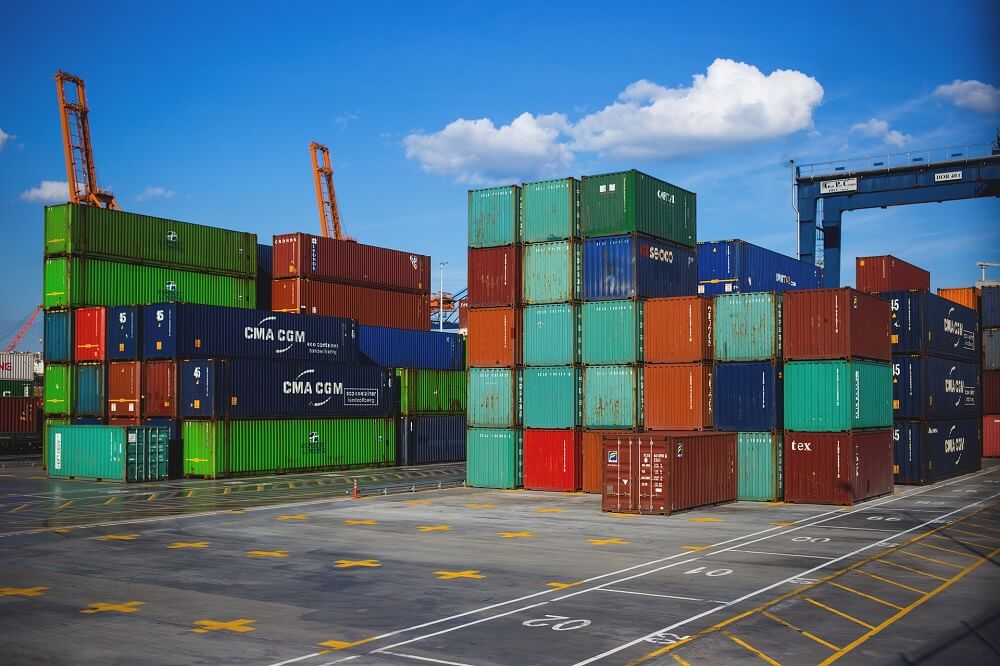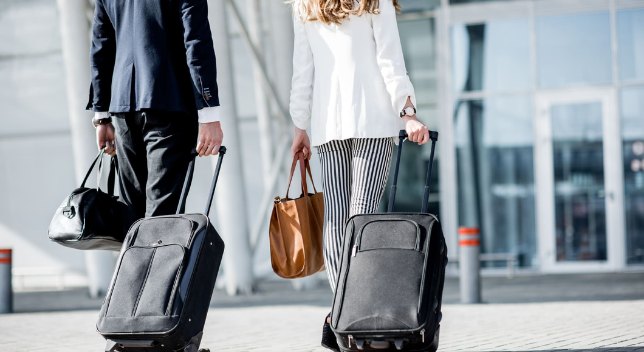Choosing the appropriate container for your shipping needs can be a daunting task. With the various sizes, types, and specifications available in the market, it is easy to become overwhelmed with choices. This guide provides an overview of the features to consider when looking for containers to ensure you choose the most suitable one for your requirements. From size and shape considerations to regulations and costs, this article outlines seven key points that will help you select the best option for your shipping needs.
Table of Contents
Sizing
The first step to choosing the correct container is to assess the size you need. Shipping containers come in various sizes, from 10-foot containers to larger 45-foot containers that can also include high cube variations. Depending on your cargo, you should carefully evaluate the available size options against what will best suit your load capacity requirements.
Also, consider whether transporting via FCL (full container load) or LCL (less than a container load) might be more suitable for delivering smaller loads, as this option may help reduce overall costs and increase efficiency. It is vital to ensure that the size of your container allows for a safe and secure loading process.
Shape Considerations
Container shapes are essential when selecting the most appropriate one for shipping goods. Two primary canister shapes are available: flat racks and open-top containers. Flat racks have fixed sides and end walls with collapsible sections to allow for easy loading and unloading of goods. At the same time, open-top containers feature a hinged roof for large or bulky items that exceed the maximum height of a standard container.
Both types offer different benefits depending on what you plan to ship, so carefully consider your cargo’s size and shape before selecting. Knowing each type’s various loading and unloading processes is also essential.
Door Type Selection
The type of door used on containers also affects your choice. Standard shipping containers have double swing doors; some may provide a single swinging side door. Many high-cube models provide a choice between standard doors and roll-up cargo doors, which are ideal when the container needs to be opened from both ends.
Depending on your specific cargo requirements, it is essential to consider the type of door that will best suit your goods’ loading and unloading needs. Door security should be considered when selecting your FCL shipping containers. Several options are available, such as lock boxes and steel padlocks, to ensure the safety of your cargo.
Corrosion Resistance
It is essential to consider any potential corrosion effects when selecting a container. Various factors, including salt spray and humidity, can cause corrosion. To mitigate the risk of rusting or decay, look for containers with an anti-corrosive coating or corrosion-resistant materials. It will help preserve your goods’ condition during shipping and ensure they remain safe and secure.
Pay attention to the container’s internal temperature, as temperature fluctuations can cause condensation inside the container, increasing the risk of damage to cargo due to moisture buildup. Installing climate control systems inside the container helps protect your cargo from potential temperature fluctuations.
Regulations
When selecting a shipping container, it is crucial to consider any relevant regulations and safety standards associated with its use. The International Maritime Organization (IMO) has set strict guidelines for maritime containers, including construction, maintenance, and safe operation requirements. These regulations are designed to ensure the safety of personnel working around containers and those transporting them. It is essential to familiarize yourself with these regulations before purchasing your container, as failure to comply can result in significant penalties. It is also worth noting that various countries may have their container regulations.
Container Condition
The condition of the container plays an essential role in selecting the right one for your shipping needs. Consider factors such as age, structural integrity, and previous usage when assessing a container’s suitability. Inspecting the container thoroughly before purchase is advisable to ensure it meets your criteria and can accommodate your cargo safely and securely.
Regular maintenance on your container is also necessary to maintain it in good order and maximize its lifespan. It is essential to check for any signs of rust or corrosion, as these can increase the risk of potential dangers.
Cost Considerations
When selecting a container for shipping purposes, you should consider your budget. Shipping containers can vary significantly in cost depending on features such as size and type. Researching the market and getting quotes from various suppliers is vital to ensure you find the most competitive price. Consider other related costs, such as delivery fees and rental rates, if applicable.
Ultimately, you must do your homework before investing in a container, ensuring you choose one that meets all your criteria while staying within your budget. It is wise to compare the benefits of investing in a new container over a used one to ensure you make the most informed decision.












